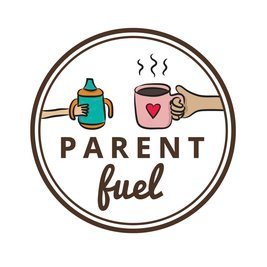
Is that the sun showing its face in our region’s extended day forecast? If the forecast is right, here’s a study about sunscreen to help keep everyone’s skin protected.
The Environmental Working Group (EWG) recently released its 11th Annual Guide to Sunscreens with ratings based on safety and efficacy for more than 880 beach and sport sunscreens. Almost three-fourths of the products offer inferior sun protection or contain worrisome ingredients like oxybenzone, a hormone disruptor, or retinyl palmitate, a form of vitamin A that may harm skin, says Sonya Lunder, EWG’s senior analyst.
Melanoma rates have doubled in the U.S. in the last four decades with research finding one blistering sunburns suffered during childhood can nearly double a person’s changes of developing skin cancer within their lifetime.
“No one is quite sure why skin cancer rates are going up,” Lunder says. “There’s a typically long lag time between UV exposure and when the cancer shows up. This is why it’s important to protect children’s skin now.”
While it would be nice if you could buy any sunscreen you wanted, wearing poor quality product on a sunny day is a lot like hanging out in a tanning bed.
“The sunscreen is potentially protecting you from getting sunburn, but it might not be protecting you as well from the sun’s UVA rays,” says Lunder. “That’s why we push for sunscreens to have a good balance between UVA and UVB protection.”
The EWG recommends a combined approach to skin protection: sunscreen plus methods that reduce sun exposure including wearing SPF clothing, sunglasses and a hat, spending time in the shade and avoiding the midday sun (early morning or late afternoon hours are best for less exposure to UVA and UVB rays).
The sunscreens that received the highest ratings were mineral-only that use zinc oxide and/or titanium dioxide to protect skin. These products are safer and more stable than chemical-based sunscreens, says Lunder. “They stick on your skin and don’t soak in the way that sunscreens with oxybenzone and other sunscreen chemicals do,” she says.
The EWG also advises parents to avoid spray-on sunscreens because they pose an inhalation risk, don’t coat skin as well as lotions and users often miss spots during application. “We’ve all seen those crazy sunburn pictures online where they missed a spot,” says Lunder.
For parents wondering why the EWG warns against chemical-based sunscreens that contain oxybenzone and/or retinyl palmitate, Lunder points to recent scientific findings. Oxybenzone is a hormone disruptor, meaning it’s a chemical that modifies your body’s hormones.
 “The scientific and regulatory communities haven’t come to a consensus about how much hormone disruption is too much, but oxybenzone soaks through your skin and can be measured in people’s urine,” she says, citing one Centers of Disease Control study where “they found adolescent boys with oxybenzone in their urine had lower levels of testosterone.”
“The scientific and regulatory communities haven’t come to a consensus about how much hormone disruption is too much, but oxybenzone soaks through your skin and can be measured in people’s urine,” she says, citing one Centers of Disease Control study where “they found adolescent boys with oxybenzone in their urine had lower levels of testosterone.”
As for retinyl palmitate, a form of vitamin A that’s added to many sunscreens, Lunder says lab tests with mice have found this type of cream may lead to skin lesions and tumors. “In light of those findings, we just are raising the alarm. Why would you use this ingredient? Why take the risk?” she says.
Increasing safe sun education is the point of the EWG guide, Lunder adds: “This guide is great information for people still using SPF 100 sprays and going to town with them before they hit the beach.” Guilty as charged.
What to look for in your sunscreenAccording to the Environmental Working Group (EWG), buy sunscreens that fit this criteria:
|











